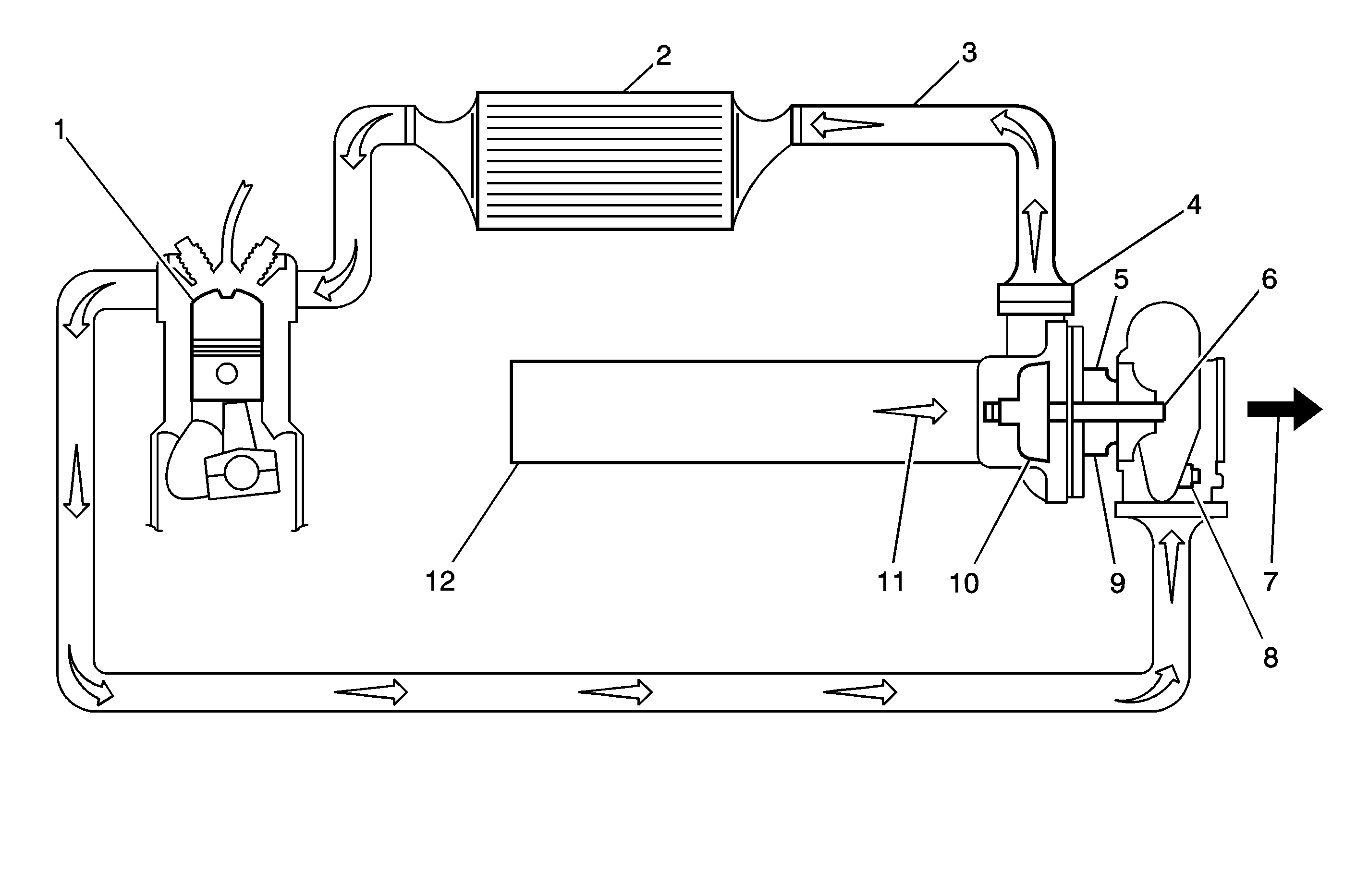Frequently, serviceable turbochargers are removed from engines before the cause of a condition has been determined.
In order to better service the customer and reduce the replacement of undamaged turbochargers, Isuzu has provided the following diagnostic information in order to aid the technician in properly diagnosing turbochargers.


